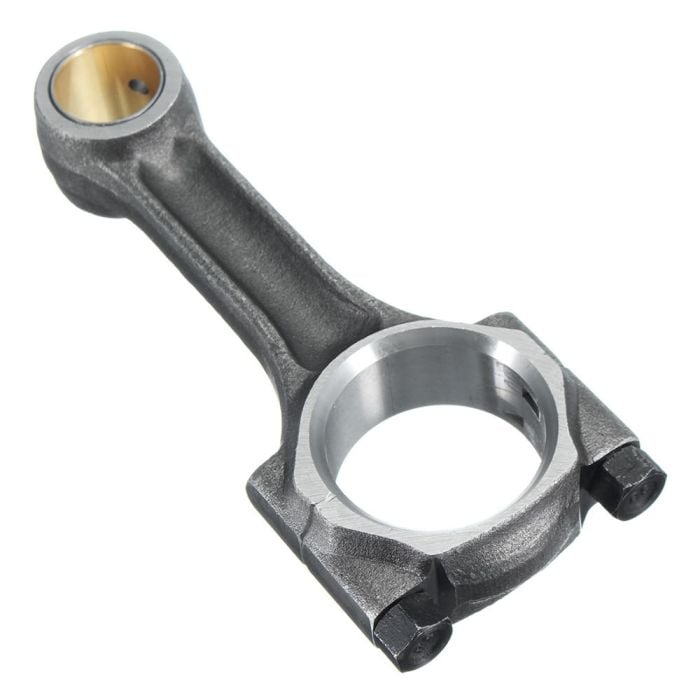Optimize fuel efficiency with a top-tier clp engine.
Optimize fuel efficiency with a top-tier clp engine.
Blog Article
Exactly How a Clp Engine Can Improve Efficiency in Different Industries
The introduction of CLP engines marks a considerable shift in functional performance throughout different fields, driven by their capacity to enhance fuel intake and lessen downtime. Industries such as manufacturing and logistics stand to get considerably from their robust style and consistent power output, which assure to improve operations and boost productivity. As companies increasingly prioritize sustainability together with effectiveness, the role of CLP engines ends up being much more critical. What continues to be to be seen is just how these innovations will shape the future landscape of commercial procedures and their influence on more comprehensive economic trends (clp engine).
Introduction of CLP Engines
CLP engines, or Continuous Fluid Propellant engines, represent a considerable innovation in propulsion technology, specifically for room applications. These engines utilize a continual feed system that enables for the continual expulsion of propellant, resulting in improved effectiveness and performance compared to standard solid or hybrid propulsion systems. By maintaining a continuous circulation of liquid propellant, CLP engines can attain a lot more specific thrust control, which is essential for maneuvering spacecraft in different objective circumstances.
The design of CLP engines integrates advanced products and cutting-edge gas administration systems. clp engine. This results in lowered weight and raised reliability, necessary variables for long-duration space objectives. Furthermore, the constant operation minimizes the danger of combustion instability, a common challenge in traditional rocket engines.

Advantages in Production
The production of Constant Liquid Propellant (CLP) engines presents several notable benefits that boost both effectiveness and cost-effectiveness. One of the primary benefits is the structured manufacturing process, which reduces the intricacy connected with standard propulsion systems. By using liquid propellant, manufacturers can attain higher precision in engine performance, causing maximized power result and decreased waste.
In addition, CLP engines promote a greater level of modularity, permitting less complicated combination right into various production lines. This flexibility can substantially lower lead times and enhance overall operational flexibility. Using CLP modern technology likewise tends to decrease the demand for considerable upkeep as a result of less relocating parts, which converts into decreased downtime and operational expenses.

Applications in Logistics
Leveraging Constant Fluid Propellant (CLP) engines in logistics provides considerable benefits in operational performance and integrity. These engines offer a durable remedy for numerous transportation demands, enabling the smooth movement of goods across vast distances. The fundamental style of CLP engines permits constant power outcome, which translates into smoother and a lot find more information more foreseeable transport routines.
Among the crucial applications of CLP engines in logistics remains in heavy-duty freight transport, where they can drive both ground and airborne automobiles. Their ability to preserve high performance under differing load conditions guarantees that delivery timelines are satisfied, consequently enhancing consumer contentment. Additionally, CLP engines can be integrated into automated logistics systems, assisting in real-time tracking and enhancing route planning.
Furthermore, the toughness of CLP engines lowers upkeep downtime, enabling logistics companies to maximize their operational capacities. This is specifically valuable in warehousing operations, where efficiency in dealing with and moving items is crucial. As logistics remains to progress, the assimilation of CLP engines represents a forward-thinking technique that not only enhances efficiency however also supports the sector's growing demands for reliability and speed.
Effect on Power Performance
Exactly How do Continual Liquid Propellant (CLP) engines boost power efficiency in transport? CLP engines make use of a regular circulation of fluid fuel, optimizing combustion procedures and maintaining a secure drive outcome. This style reduces energy losses connected with traditional combustion engines, where gas delivery can differ and cause inefficiencies.
The continuous procedure of CLP engines enables an extra effective thermal cycle, causing higher specific impulse contrasted to standard engines. clp engine. This converts to minimized gas usage for the very same amount of work done, dramatically lowering operational expenses throughout different transport sectors, including aeronautics and maritime industries
In addition, the capacity of CLP engines to maintain optimal efficiency under differing tons conditions minimizes the demand for constant velocity and slowdown, additionally boosting gas effectiveness. Improved power effectiveness not only contributes to cost savings however also results in reduce greenhouse gas emissions, aligning with global sustainability goals.
Future Trends and Innovations
Arising advancements in Continuous Fluid Propellant (CLP) engine modern technology assurance to reinvent the landscape of transportation efficiency and sustainability. As industries pivot towards greener choices, CLP engines stand at the leading edge, integrating innovative materials and style methods that improve performance while minimizing environmental influence.
One of one of the most discover this promising fads is the adoption of hybrid systems that combine CLP engines with renewable energy sources. This harmony can enhance fuel intake and lower exhausts, aligning with global sustainability goals. Innovations in computational fluid dynamics (CFD) are assisting in the style of even more aerodynamically reliable engines, leading to lowered drag and improved fuel performance.
Additionally, the development of clever monitoring systems is readied to enhance operational performances. These systems utilize data analytics and IoT innovation to maximize engine efficiency in real-time, ensuring that the engines run within their most effective criteria.
As research continues to explore alternate propellant solutions-- such as biofuels and synthetic gas-- the future of CLP engines looks appealing. By harnessing these technologies, industries can not just improve their efficiency however also add significantly to a cleaner, more sustainable future in transport.
Verdict
In conclusion, CLP engines represent a considerable innovation in performance across multiple industries. The integration of innovative materials and fewer moving components lessens upkeep requirements, while alignment with sustainability objectives settings CLP engines review as an essential technology for the future.
Report this page